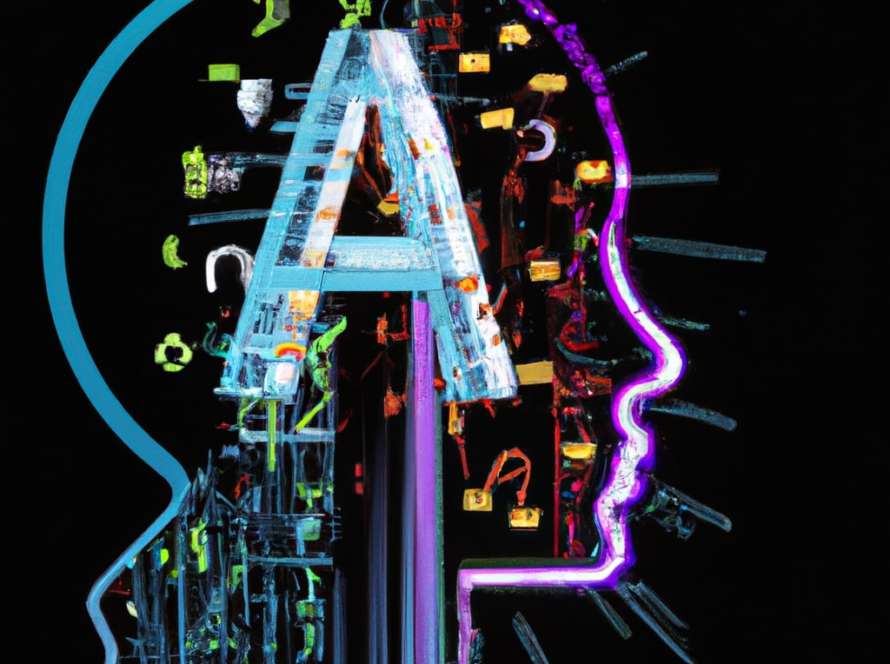Developed in the 1970s, IVR technology has been a mainstay of contact centres for decades. IVR often allows a user to interact with customer services using a combination of their voice and DTMF button presses on their phone’s keypad. When a customer first rings into a call centre, an IVR system is likely the first thing that will greet them.
The first commercial use of IVR took place in 1973 when Steven Schmidt used the technology to design an order inventory control system. And in the early 1970s IVR was used by bank tellers to verify customer balances. Today, the technology is routinely used to verify a customer’s information and to route them to the correct customer service department. IVR systems have become prevalent throughout the customer service industry, and 81.5% of contact centres have implemented the technology. This is substantially higher than chatbots and knowledge bases, two of the technologies billed to replace IVR, which have only been adopted by 34.3% and 66.2% of call centres respectively.
Because of its position on the front line of customer service, IVR is responsible for giving customers a good first impression. Unfortunately, IVR systems often fall short of the mark, because the technology itself is no longer fit for purpose. In many cases, IVR frustrates customers, is unresponsive to their input, gives lengthy menu options, doesn’t accommodate for the exact need of the user, and requires them to repeat themselves. IVR services are outdated, inflexible, and difficult to change. In short, customer interactions that are common and expected by customers today are not handled by these systems.
IVR is struggling to satisfy customers
Customers are no longer willing to tolerate the poor user experience that IVR systems offer, and the technology is not able to keep up with the rapid pace at which customer expectations are changing. Customers are unsatisfied with IVR, and few customers report positive experiences with it. An especially bad IVR experience can even result in customers hanging up the phone entirely.
Some companies have attempted to upgrade their IVR systems by migrating to visual IVR. Rather than being read out a list of options over the phone, customers can select the options they need by navigating a graphical menu. The key problem with this technology is that it requires the customer to download an app or access a web page just to make a phone call. This can be both time consuming and confusing for the customer. Customers don’t want to call up customer service only to be told to download an app they’ll likely never use again before they can speak to an agent.
Chatbot and conversational AI solutions aren’t enough
There has been much discussion about how chatbots and conversational AI solutions can enhance customer self-service and automate requests. But, simply put, the vast majority of this technology simply isn’t good enough. Current generation chatbots and conversational AI technology cannot adequately support human conversation, and customers often feel frustrated after chatting for just a few minutes with these virtual agents. This perhaps explains why IVR systems still exist today.
While IVR still enjoys widespread adoption throughout the customer service industry, contact centres have been hesitant to invest heavily in conversational AI technology. In the financial services industry in particular, banks have been slow to deploy AI powered voice solutions and have struggled to use conversational AI at scale. It’s hard to escape the impression that the conversational tech currently available is inadequately meeting the needs of banking organisations.
The future of customer service automation
The conversational AI industry has overpromised and undelivered. The lofty goal of automating complex customer service calls over the phone has been diluted. And the no- and low-code tools that currently dominate the industry are capable of providing only simple chatbot services that struggle to handle even the most basic of customer requests.
Yet, the original promise of conversational technology continues to tantalise customer service professionals. While only 48% of contact centre leaders think that chatbots are a ‘very exciting’ use of AI technology, a majority of 56% think that predictive routing is. And at least 50% believe that conversational AI is the most important technology of the future. Contact centre professionals want sophisticated automation solutions that can engage customers with natural language and resolve their difficult queries and requests, but so far startlingly few AI companies have been able to offer this.
Our unique approach
The automated customer service applications developed by action.ai represent the next generation of IVR and conversational AI technology. Our customer service automation technology allows for efficient resolution of calls using natural language over the telephone. This means that customers can simply say what they need, and they can receive an intelligent and human-like response and benefit from associated actions. In a remarkably wide range of situations, our AI automation technology can resolve the customer’s request on the first call. In the rare situations where it can’t, our system will intelligently route the customer to the most appropriate human agent.
Customers can interact in any order they please, with no need to follow a rigid hierarchy of keypad presses and robotic responses. Rather than constraining users, our technology liberates your customers to express themselves using their own words and in their own time. With our technology, you can be confident that when your customers call, the first voice they hear will be empathetic, understanding, and capable of delivering exceptional customer service.



